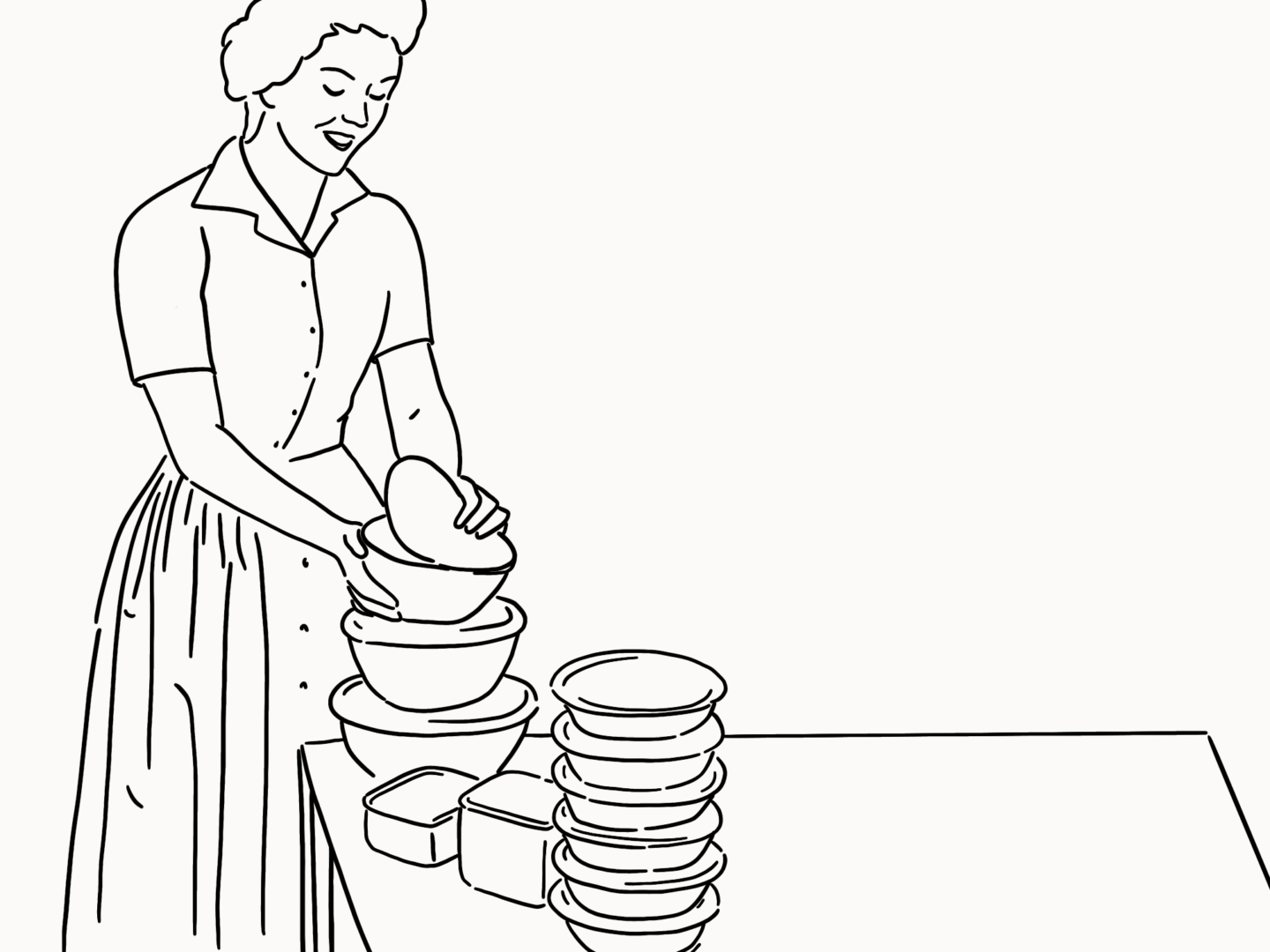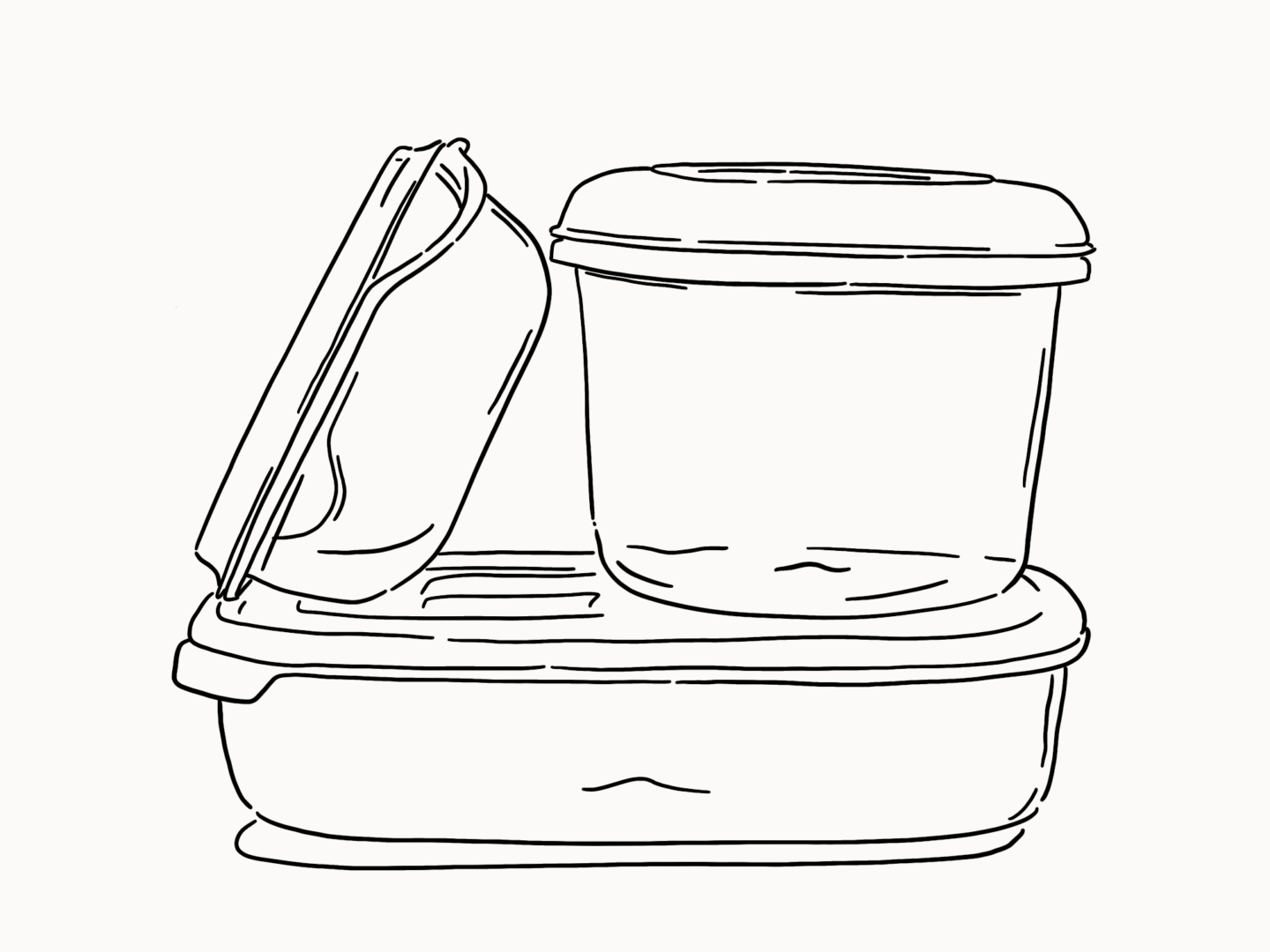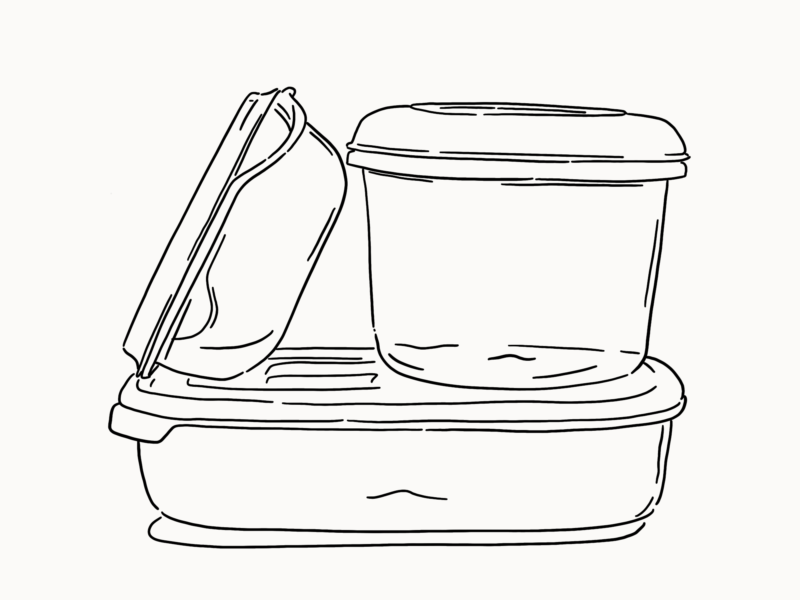When you hear the word Tupperware, it’s almost guaranteed that one of the first images that come to mind is a group of prim and proper 1950s ladies gathered around a living room table selling each other the latest in airtight containers.
Even though no one I know has ever been to one, Tupperware parties still endure as such a clear cultural memory.

The Tupperware party was the brainchild of Brownie Wise, not Earl Tupper. Despite having the best product on the market, and some darn shiny catalogue photos, Tupperware wasn’t selling well at all in the late 40s. The housewives it was being marketed to, just didn’t engage with the way the product was being sold.
That was until Brownie Wise stepped in. “She took charge of the newly created division of the company centered around what [Bob] Kealing[, author of Life of the Party: The Remarkable Story of How Brownie Wise Built, and Lost, a Tupperware Party Empire ] calls “the home party plan.”” She saw that the way to sell Tupperware was to make it familiar and what could be a more effective way to do that, than have the women they wanted to buy the containers be their salespeople as well?
She created a way of selling products that was the antithesis of the testosterone fuelled mad men culture of adland at the time. Tupperware parties were social events more than anything else. She understood her audience and she made them part of the process. Alison Clarke, professor of design history and theory at the University of Applied Arts, Vienna, argues that “Wise symbolised the real beneficiaries of Tupperware, women who would not have found it easy to enter the world of business – very often those from ethnic minorities or divorcees, like Wise herself, who needed the work.” Wise was the first woman on the cover of Business Week magazine in 1954.
But what about the product itself?

In the late 1930s and early 40s plastics were on the rise. The exciting new material had been used in the war for “everything from insulation for wiring to truck parts, but not for home use”. Plastic was strong and could be moulded into just about any shape but when it was “exposed to certain household liquids such as oils or vinegars, plastics were known to peel and even disintegrate entirely”.
In 1945, prolific inventor Earl Tupper was working at the DuPont chemical. DuPont found themselves with too much of ‘the material of the future’ Poly-T (polyethylene to you and me), which meant Tupper was able to buy a load of pellets very cheaply. He had been desperate to see what he could make out of the material. He knew there was money and fame to be had for whoever could find a domestic post-war use for plastics.
A few years later he had his breakthrough and he patented the now infamous seal to his creation. That seal first featured on the Wonderbowl, which was the “the linchpin of Tupperware,” [according to] Smithsonian curator Shelley Nickles.” The Wonderbowl was pretty wonderful as its name might suggest. Its seal, modelled on that of a paint can, was completely leak proof – there were a number of demonstrations of the product that featured it being flung across the room filled with liquid and not spilling a drop. It could be stacked easily in the fridge. Its translucent plastic shell was food safe and came in a range of fruity and jewel tones. They were such a wonder to behold they were even marketed as art objects:
They really are museum pieces now. You can find Tupperware in almost every design museum as well as the Smithsonian. You can also find Tupperware, or one of its later derivatives, in every home. Earl Tupper, thanks to the genius of Brownie Wise, got his wish to ‘tupperize’ the world with an invention that despite its size and simplicity really did change the world.



Ah, fascinating! I would love to see a tupperware museum exhibition. Do you know of any?
Not off the top of my head – but the design museum definitely has a little collection!